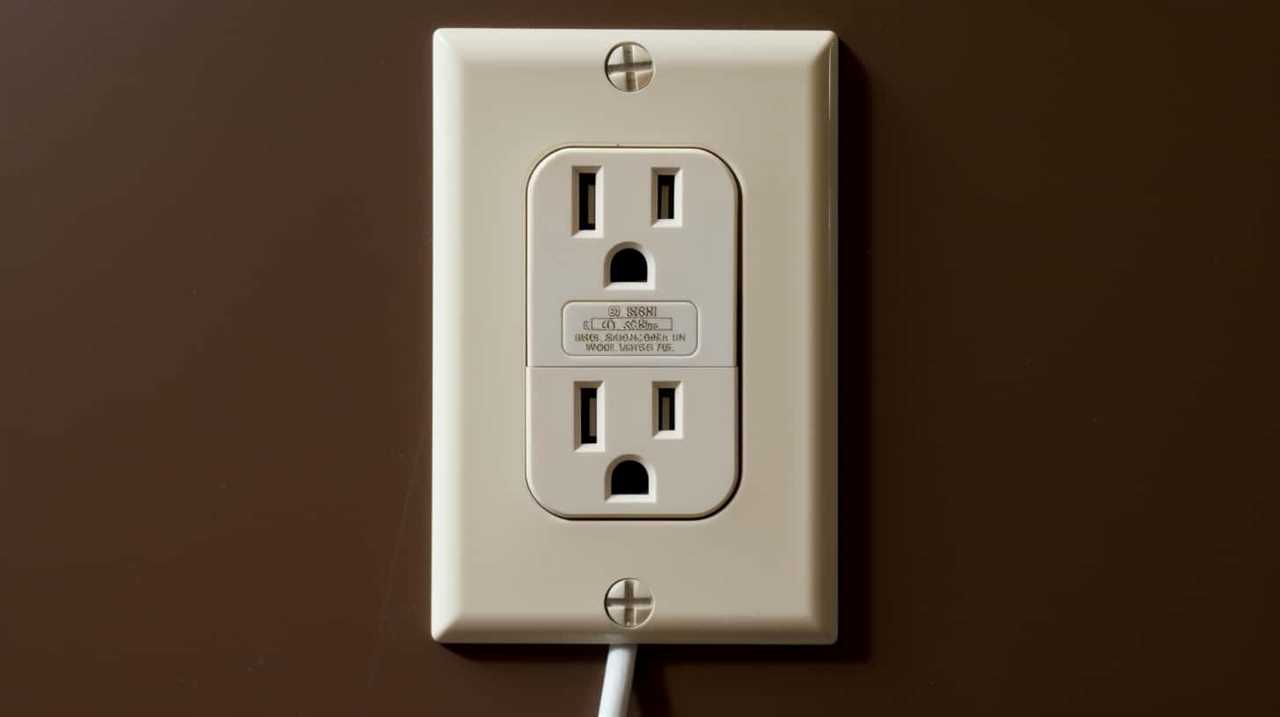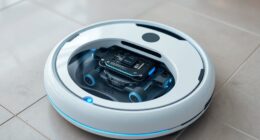Finally, we have uncovered the mystery of whether appliances consume power secretly when we believe they are inactive.
Brace yourselves, for we delve into the realm of standby power consumption. Prepare to be astounded by the insidious impact of vampire power and learn which everyday devices are guilty of this energy-draining offense.
Fear not, dear readers, for we shall equip you with the knowledge to identify and combat this menace.
Join us on this journey of enlightenment and take control of your power consumption.
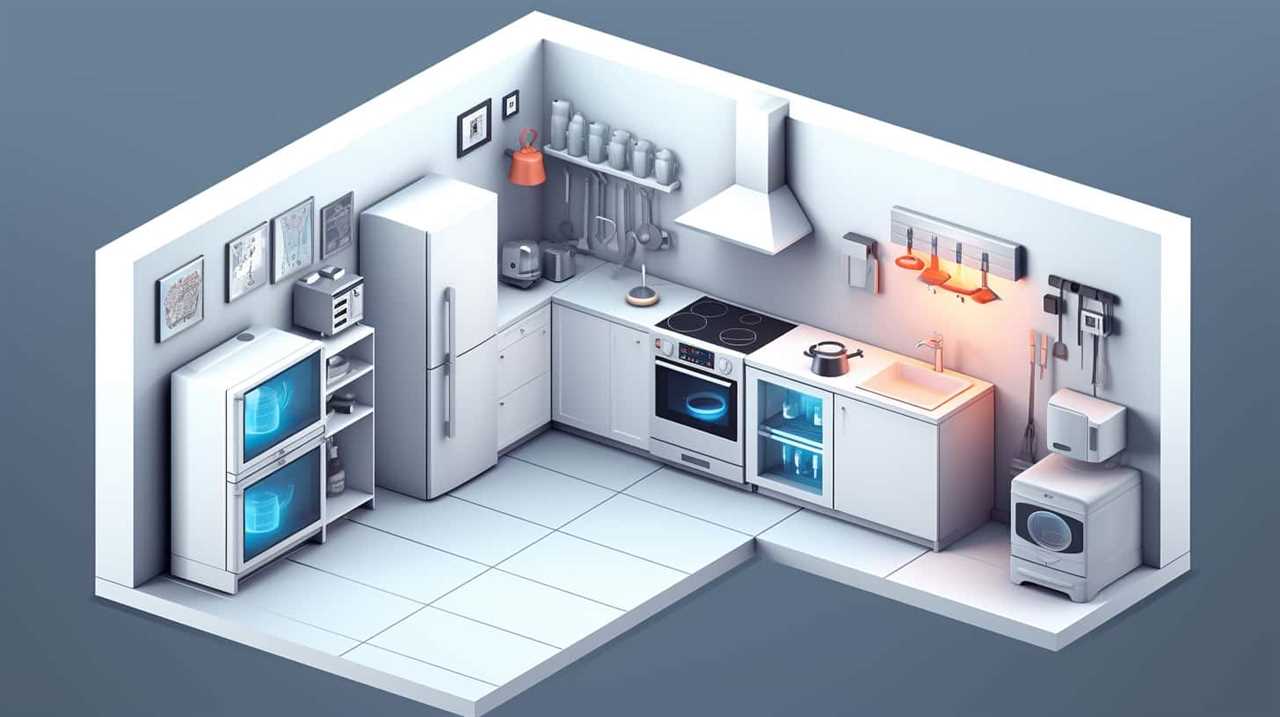
Key Takeaways
- Standby power, also known as vampire power, refers to the energy consumed by electronic devices and appliances when they are not actively in use.
- Appliances like televisions, microwave ovens, coffee makers, and toasters continue to consume power even when turned off.
- Measuring standby power usage helps identify hidden costs and using a power meter can accurately measure standby power consumption.
- Utilizing power management features, unplugging chargers and power adapters, using smart power strips, and enabling energy-saving modes on devices can help reduce standby power consumption and save energy.
Understanding Standby Power
When appliances are turned off, they may still consume electricity due to the phenomenon known as standby power. Standby power refers to the energy consumed by electronic devices and appliances even when they aren’t actively in use.
This idle power consumption can account for a significant portion of residential energy usage. To address this issue, standby power consumption analysis is crucial in understanding the extent of wasted energy. By conducting detailed assessments, we can identify the appliances and devices that contribute most to standby power consumption.
Armed with this knowledge, we can then implement standby power reduction techniques to minimize energy wastage. These techniques may include utilizing smart power strips, which automatically cut off power to idle devices, or enabling energy-saving modes on electronic devices.
The Impact of Vampire Power
To further understand the extent of wasted energy caused by standby power, we’ll now delve into the impact of vampire power on appliance energy consumption. Vampire power, also known as standby power or phantom power, refers to the energy consumed by appliances when they’re plugged in but not in use. This hidden cost can have a significant impact on both energy consumption and your electricity bill.
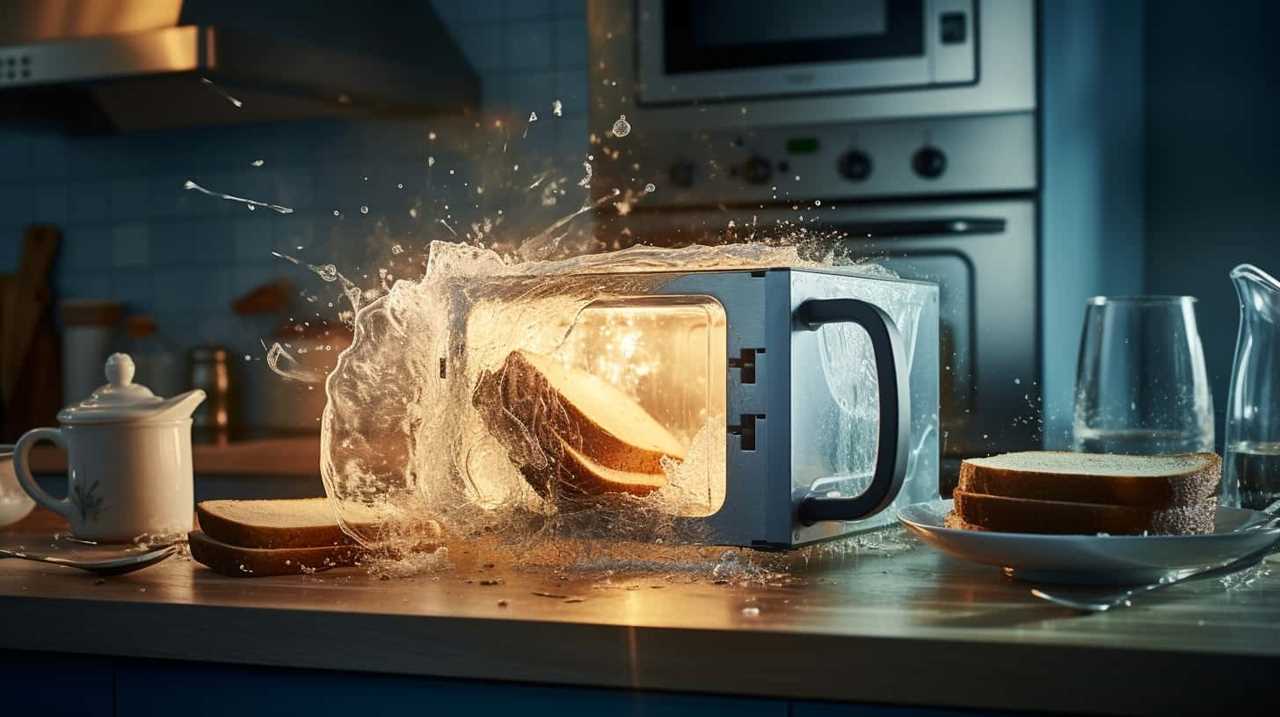
Here are three key points to consider:
- Vampire power can account for up to 10% of residential energy consumption, resulting in unnecessary expenses and increased carbon emissions.
- Common culprits of vampire power include televisions, gaming consoles, chargers, and appliances with standby modes.
- By unplugging or using power strips with on/off switches, you can effectively eliminate vampire power and save energy and money.
Understanding the impact of vampire power is crucial for those seeking to reduce their energy consumption and lower their electricity bills. By taking simple steps to eliminate standby power, you can make a significant difference in both your wallet and the environment.
Common Appliances That Draw Power When Off
We often wonder if appliances continue to draw power even when they’re turned off. It turns out that there are indeed common appliances that continue to consume power even when they appear to be off.
One such appliance is the television. Many TVs have a standby mode that allows them to turn on faster, but this mode still draws power.

Another culprit is the microwave oven. Even when not in use, the clock and other features can consume electricity.
Similarly, coffee makers, toasters, and other kitchen appliances often have standby modes or digital displays that continue to draw power when not in use.
It’s important to be aware of these common appliances and their power consumption, as they can contribute to the overall energy usage in your home.
How to Identify Standby Power Consumption
Continuing our discussion on common appliances that draw power when off, let’s now explore how to identify standby power consumption.
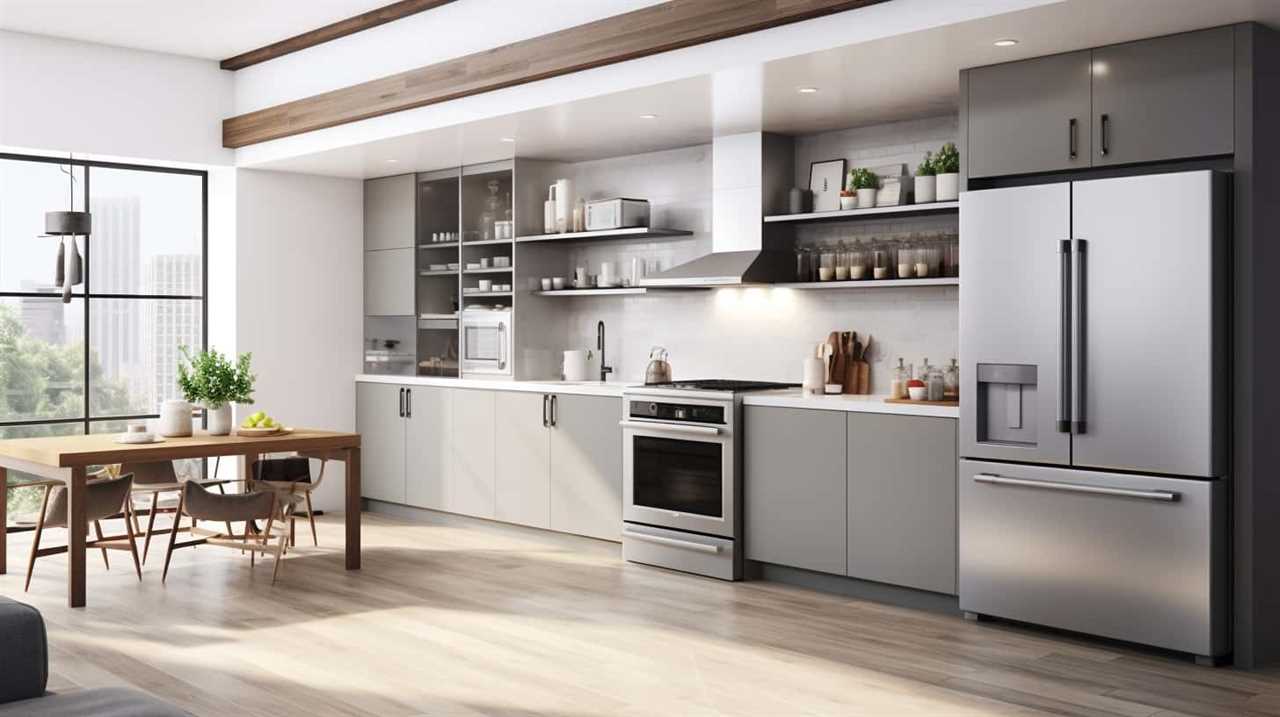
It’s important to measure standby power usage in order to understand the hidden costs associated with it. Here are three ways to measure standby power:
- Use a power meter: Plug the appliance into a power meter, which will display the energy usage in real time. This allows you to identify the standby power consumption accurately.
- Check the product manual: Some appliances provide information on their standby power consumption in the user manual. Look for the ‘standby power’ or ‘idle power’ section to find the relevant details.
- Consult online resources: Various websites and databases provide standby power ratings for different appliances. These resources can help you estimate the standby power consumption of your devices.
Identifying standby power consumption is crucial to understanding the true energy usage of your appliances. By measuring standby power, you can take steps to reduce vampire power and save energy.
Now, let’s move on to energy-saving tips for reducing vampire power.
Energy-Saving Tips for Reducing Vampire Power
Our approach to reducing vampire power and saving energy involves implementing energy-saving tips for appliances in standby mode. By actively reducing standby energy, we can significantly decrease the amount of power wasted by devices that aren’t in use.

One effective method is to utilize power management features on appliances, which allow you to schedule automatic shutdowns or enable power-saving modes.
Another tip is to unplug chargers and power adapters when they aren’t in use, as they continue to draw small amounts of power even when not actively charging a device.
Additionally, using smart power strips can help eliminate standby power consumption by cutting off power supply to multiple devices when not in use.
Implementing these energy-saving tips can lead to substantial benefits, such as reduced electricity bills and a more sustainable environment.
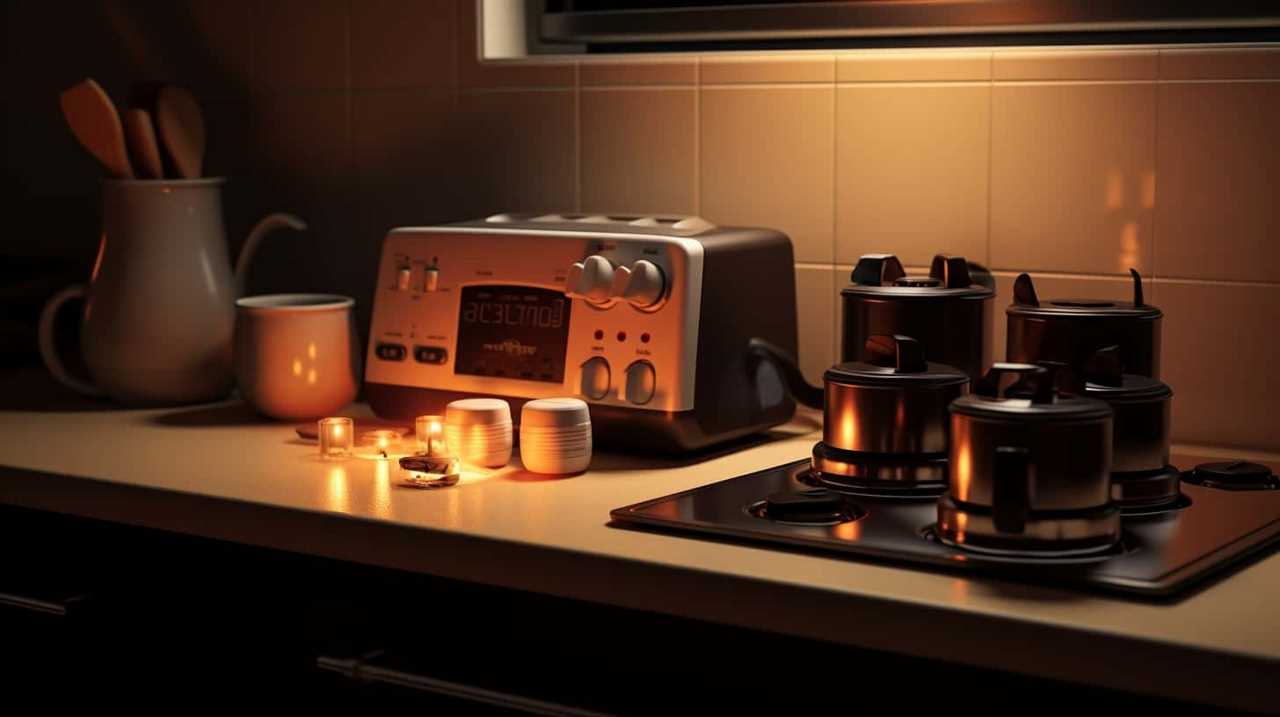
Transitioning into the subsequent section about ‘unplugging vs. using power strips’, it’s important to weigh the pros and cons of each method to determine the most suitable approach for your specific needs.
Unplugging Vs. Using Power Strips
To compare the effectiveness of unplugging appliances versus using power strips, let’s analyze their impact on reducing vampire power and saving energy.
- Energy consumption comparison: unplugging vs. power strips:
- Unplugging appliances completely eliminates standby power consumption, ensuring no energy is wasted.
- Power strips with built-in switches allow multiple devices to be easily turned off simultaneously, reducing standby power usage.
- The hidden costs of standby power usage:
- Even when appliances are turned off, they still draw a small amount of power in standby mode, which adds up over time.
- Standby power consumption can account for up to 10% of a household’s total energy usage, leading to unnecessary expenses.
- Choosing between unplugging and using power strips:
- Unplugging appliances is the most energy-efficient option, but it requires more effort and may not be convenient for frequently used devices.
- Power strips provide a convenient solution by allowing multiple devices to be easily switched off, reducing standby power without the need for constant unplugging.
The Role of Smart Power Strips in Minimizing Standby Power
Smart power strips play a crucial role in reducing standby power consumption. These innovative devices are designed to minimize energy waste by cutting off power to appliances and electronic devices when they aren’t in use. By using smart power strips, you can effectively manage your energy consumption and reduce your electricity bill.
One of the benefits of using smart power strips is their ability to detect when a device is in standby mode and automatically shut off power to it. This eliminates the standby power draw that occurs when devices are plugged in but not actively being used. Additionally, some smart power strips have built-in timers or motion sensors that can further optimize energy usage by turning off power after a certain period of inactivity or when no motion is detected.
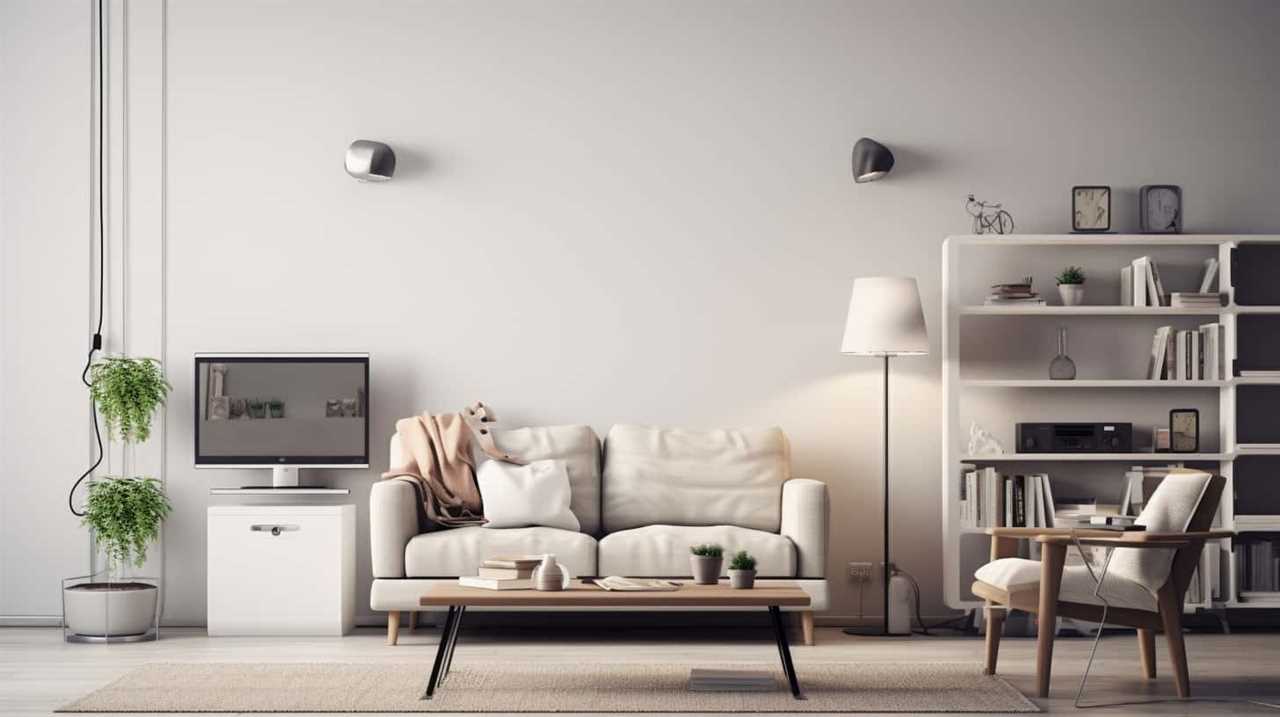
When choosing a smart power strip, it’s important to consider your specific needs and requirements. Look for features such as surge protection, energy monitoring, and the number of outlets available. Assess the power requirements of your devices and ensure that the power strip can handle the load. Additionally, consider the design and size of the power strip to ensure it fits seamlessly into your home or office setup.
Breaking the Myth: Appliances That Don’t Draw Power When Off
Many appliances continue to consume electricity even when they’re turned off. However, it’s important to debunk the misconceptions surrounding this issue and explore the energy efficient alternatives.
Here are three key points to consider:
- Standby power: While some appliances do draw power when turned off, it’s typically a small amount known as standby power. This power is necessary for certain functions like remote control activation or clock display. However, advancements in technology have led to the development of more energy efficient appliances that minimize standby power consumption.
- Energy Star certified appliances: These appliances meet strict energy efficiency guidelines set by the Environmental Protection Agency. Energy Star certified products are designed to reduce energy consumption, including standby power, when in standby mode or turned off.
- Smart power strips: These devices help eliminate standby power consumption by cutting off power to appliances completely when they aren’t in use. Smart power strips can be programmed to automatically turn off power to specific devices or outlets, saving energy and reducing electricity costs.
Conclusion: Taking Control of Standby Power
After understanding the impact of standby power consumption, we can take control of our appliances’ energy usage. By taking action and implementing some simple strategies, we can significantly reduce our energy consumption and save energy.
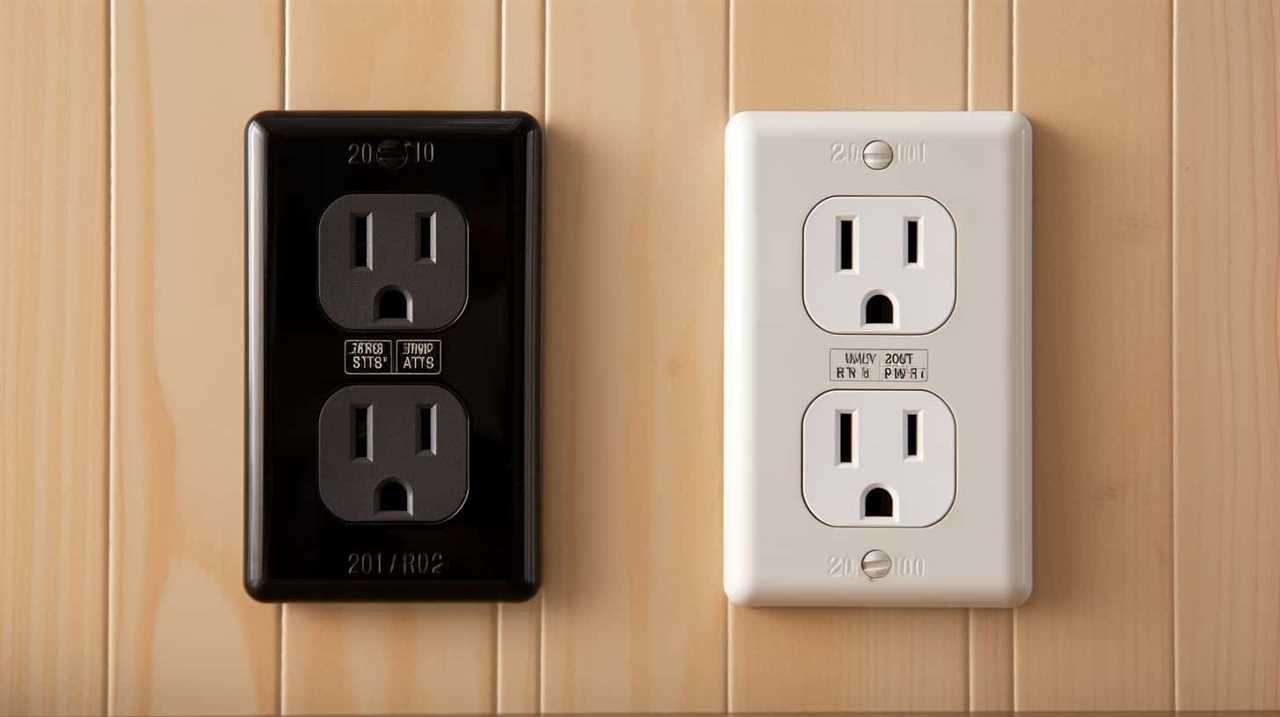
One effective way to take control of standby power is by using power strips or smart plugs. These devices allow us to easily turn off multiple appliances with a single switch, preventing them from drawing power when not in use.
Additionally, we can manually unplug appliances that are rarely used or not needed for extended periods.
Another important step is to choose energy-efficient appliances with low standby power consumption.
Frequently Asked Questions
Can Appliances Still Draw Power When They Are Completely Turned Off?
Yes, appliances can still draw power when completely turned off. This is known as standby power or vampire power. It’s important to invest in energy efficient appliances to reduce the impact on your electricity bill.
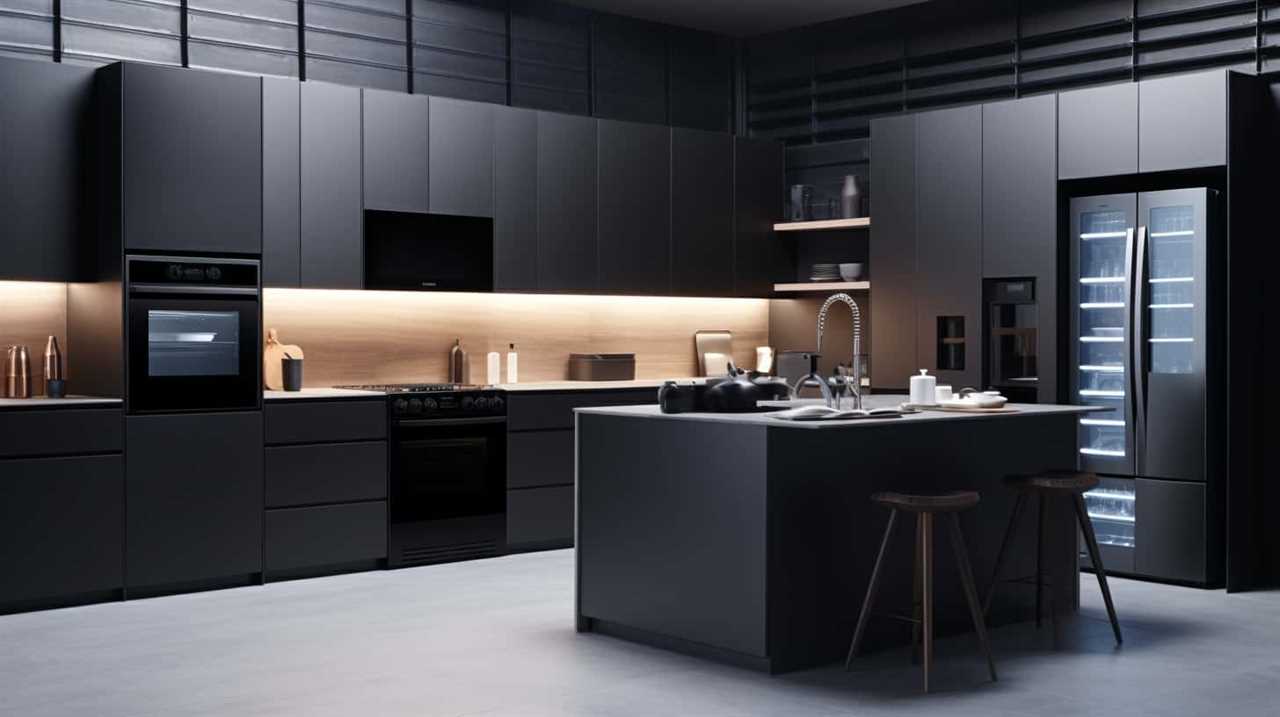
Are There Any Appliances That Don’t Consume Standby Power?
Energy efficient appliances employ various standby power reduction techniques, ensuring minimal power consumption when turned off. By incorporating advanced power management systems, these appliances eliminate unnecessary energy usage, providing significant energy savings in the long run.
How Can I Measure the Standby Power Consumption of My Appliances?
To measure the standby power consumption of our appliances, we can conduct a standby power usage survey. This will allow us to accurately determine how much power our appliances draw when they are in standby mode.
What Are Some Energy-Saving Tips to Reduce Vampire Power in My Home?
Energy saving habits can greatly reduce vampire power in our homes. One effective tip is to use smart power strips, which automatically cut off power to appliances when they are not in use.
What Is the Difference Between Unplugging Appliances and Using Power Strips to Minimize Standby Power Consumption?
Unplugging appliances completely cuts off power, while power strips with energy efficient outlets minimize standby power consumption. Timed outlets can also be used to control when appliances draw power.

Conclusion
In conclusion, understanding and managing standby power is crucial in reducing energy waste and saving money. By identifying appliances that draw power when off and implementing energy-saving tips, we can take control of standby power consumption.
It’s time to pull the plug on vampire power and stop it from sucking the life out of our wallets. Let’s put the power back in our hands and ensure that our appliances are truly off when we’re not using them.





